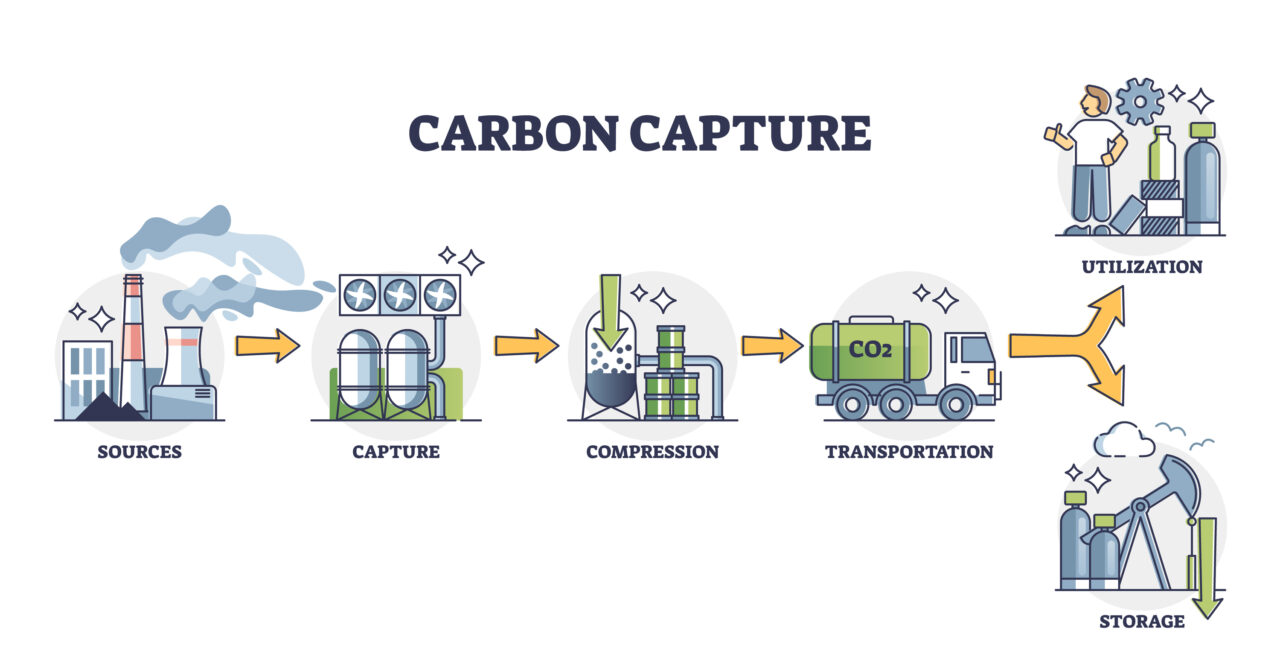From mineralization to advanced filtration systems, carbon capture technologies vary widely in approach and scale. Some methods use chemical reactions to absorb carbon dioxide from power plant and industrial emissions. Others employ massive fans to directly suck CO2 from the air. Startups are exploring innovative materials like porous solids that can selectively filter out the greenhouse gas. Pilot projects range from weathering basalt underground to converting emissions into concrete. And tools like direct air capture plants can be sized to fit anywhere. While costs and viability differ, all carbon capture shares the goal of removing and storing CO2 before it reaches the atmosphere. As investment and research continue, this diverse array of methods may play a key role in mitigating climate change.
The diversity of carbon capture options gives hope that effective systems can be tailored to specific applications. For concentrated point sources like factories and power plants, absorption-based chemical scrubbing may prove most efficient. For already dispersed emissions, direct air capture units show promise in literally removing existing CO2 from the air.
Meanwhile, advanced materials like metal-organic frameworks allow highly selective capture for minimal energy and cost. The main idea is clear: by stimulating more interest and demand from the market, the solutions can be endless. Throughout the world, scientists, engineers, analysts, and more continue to work on new techniques that help reduce emissions specific to processes. By helping these projects not only provide these high-quality carbon offsets to available buyers, but gain exposure and credibility, they can help shift the future of the industry entirely.
Choosing the right approach requires evaluating many variables: capital and operating expenses, scalability, energy intensity, storage needs and more. With continued support for pilot projects, the ideal applications for each method will come into focus. Policy too can help spur investment and standardize accountable practices. Furthermore, by introducing the market to more participants and providing further standardization in the industry, carbon sequestration projects hold the potential to provide a functional response mechanism to fight climate change.
